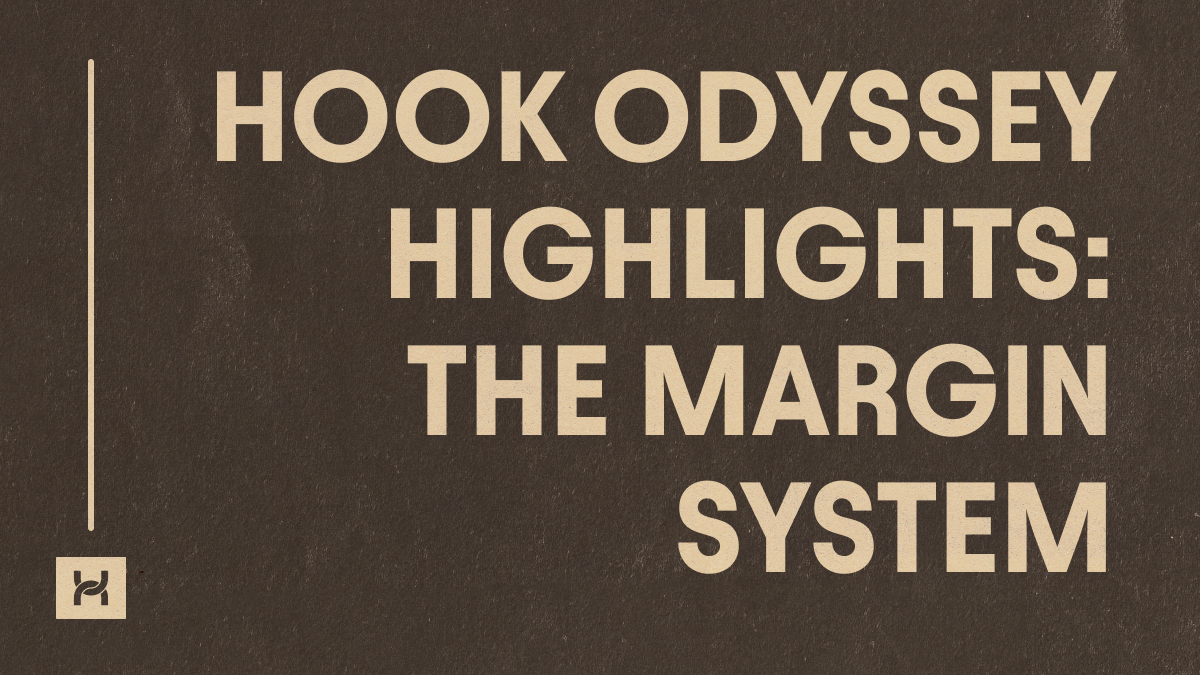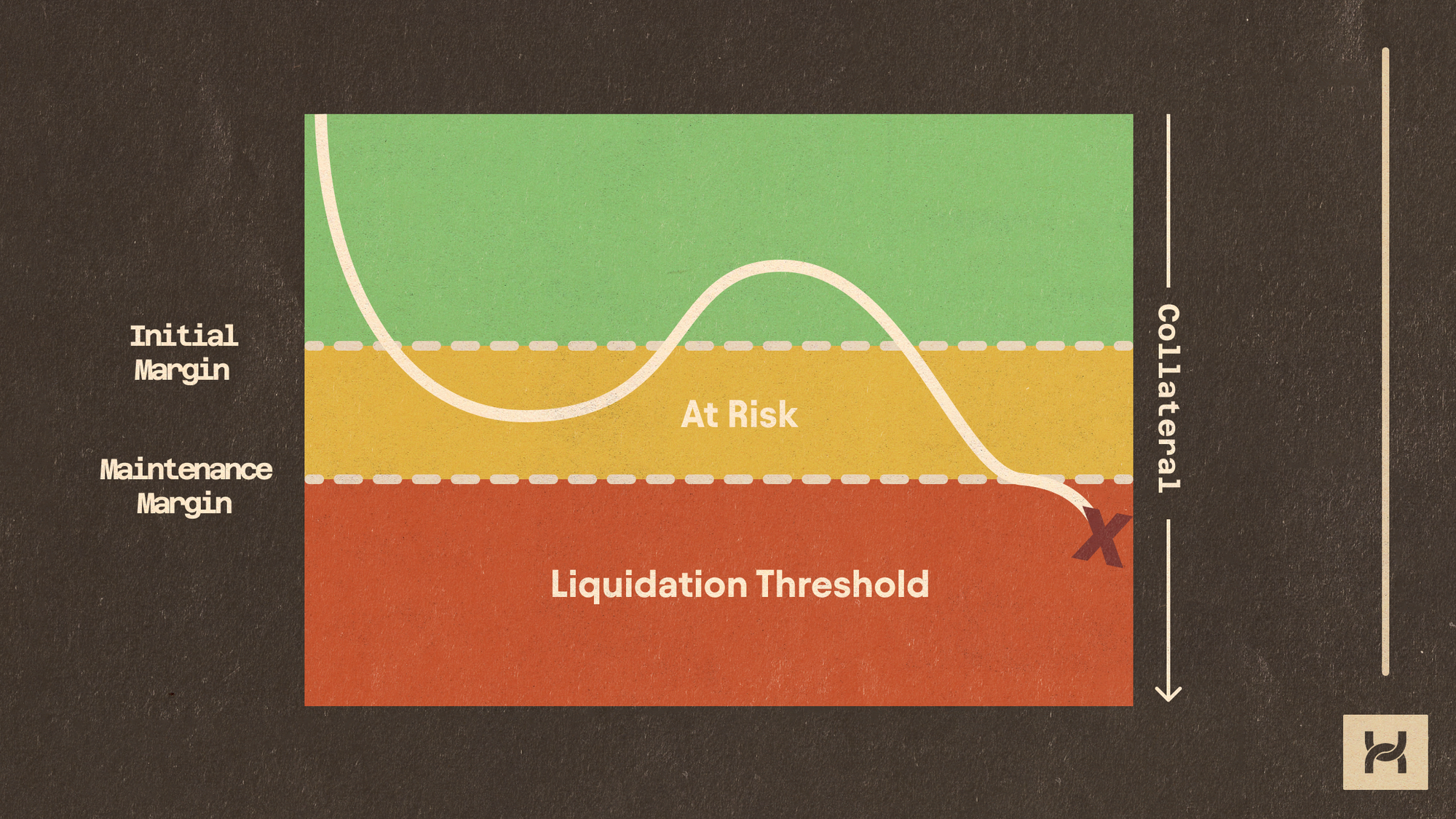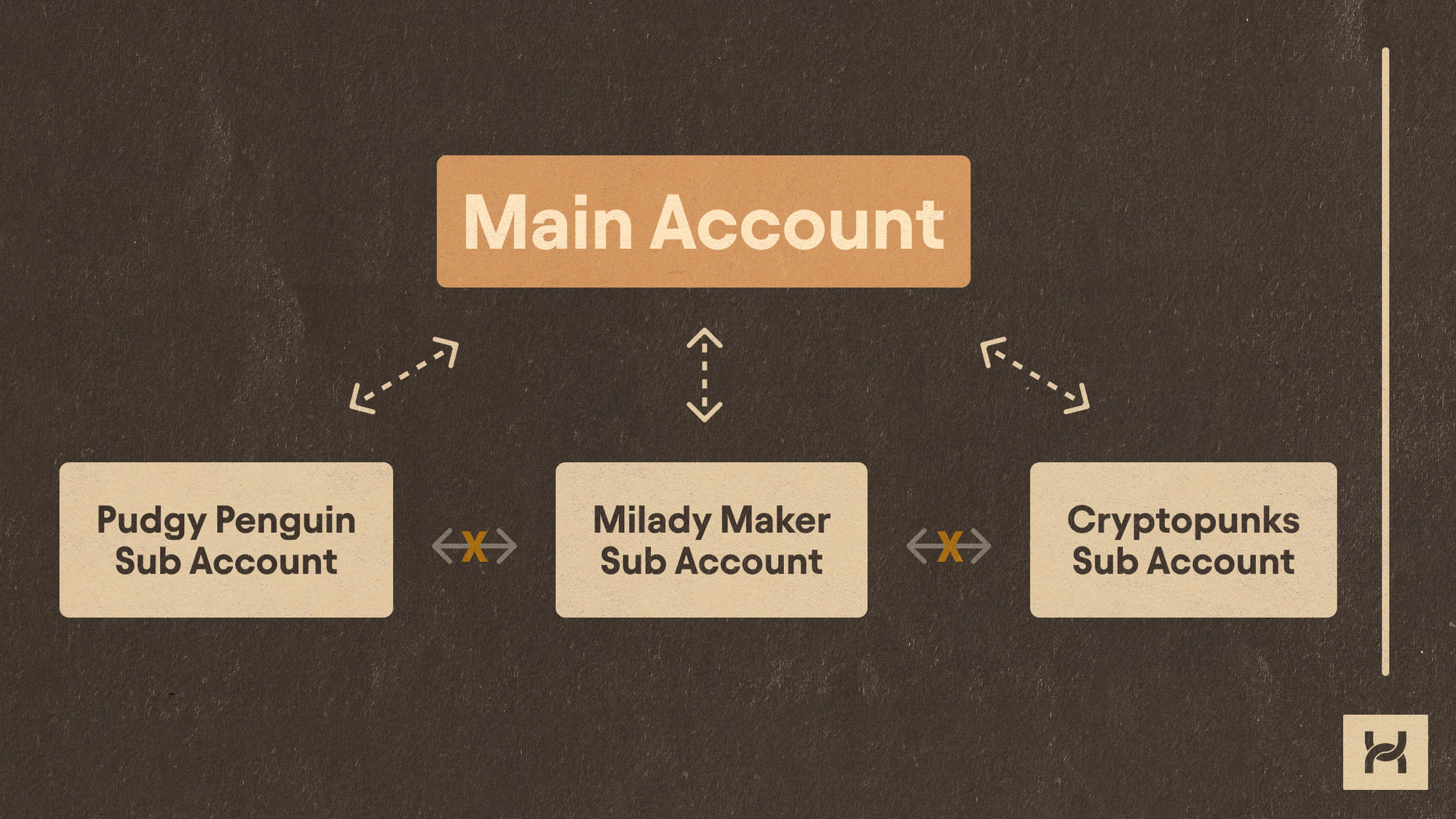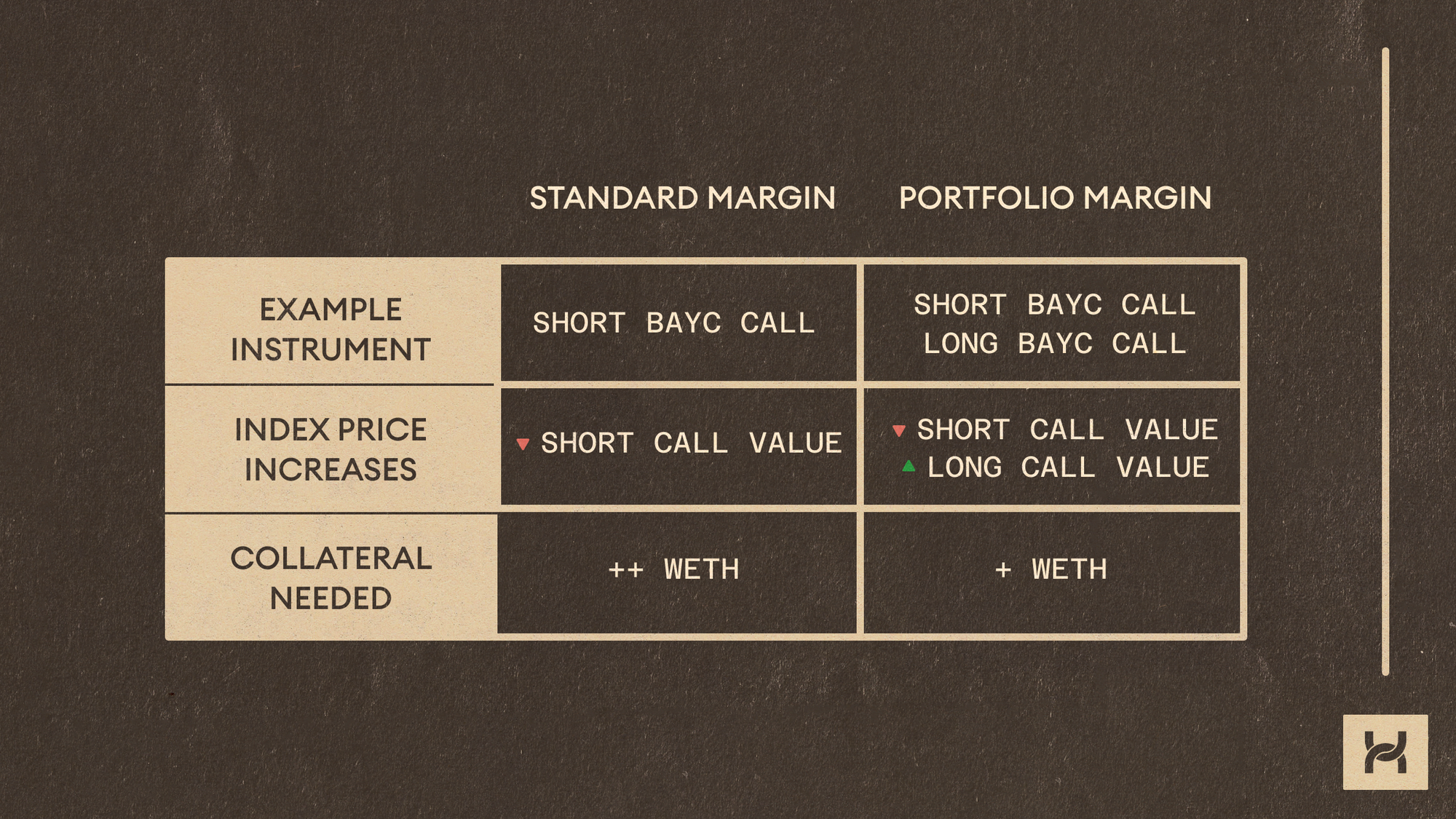Hook Odyssey Highlights: The Margin System

Today, we’re diving into Odyssey’s margin system, which will allow traders to enter undercollaterized positions while protecting their counterparties.
Changes Coming with Odyssey
In Hook’s current version, options are fully collateralized. Every option is backed by a specific NFT that the option writer deposited into the protocol. Hook uses a settlement auction to determine the option’s final price and moneyness instead of oracles.
Odyssey introduces both synthetic and undercollateralized positions, removing the need to deposit the full value of the underlying NFT. As a byproduct, it also introduces liquidations, which help ensure the protocol stays solvent.
How Hook’s Margin System Works

Hook’s Margin System is the internal accounting system that allows traders to enter and maintain undercollateralized positions. The margin system works together with the liquidation system to ensure any relevant positions are liquidated if they are at risk of being underwater.
Hook’s margin system has two relevant margin levels: Initial Margin and Maintenance Margin.
Initial margin is the amount of collateral required to open a new position, and maintenance margin is the amount required to maintain a position without liquidation. A trader’s account equity (value) must remain above its margin requirement, or its position(s) may be liquidated.
Margin System Modes
The margin system operates in two modes:
- Standard Margin (Default)
- Portfolio Margin (Advanced)
The standard margin system lets traders easily discover how much margin they need in their account to open a position or prevent liquidation because there is a specific amount of collateral required for each position they hold.
The portfolio margin system is more advanced and takes offsetting options positions into consideration. As a result, traders can create complex portfolios of options with very limited margin requirements, creating more efficiency overall in the DEX.
Odyssey’s portfolio margin system runs simulations to calculate the amount of collateral needed based on different market conditions. As the trader’s account balance changes from fluctuations in the values of its positions, Odyssey’s margin system will ensure that there is sufficient collateral in the account.
Unlike other derivatives protocols, our portfolio margin system operates on-chain because of Arbitrum Stylus.
Sub Accounts

Each market has a Sub Account containing its own balance, margin requirements, and positions. Sub Accounts are used to help traders manage their risk and prevent contagion risk. If one market starts to accrue bad debt (ex: extreme volatility or delayed oracle update), other markets will not be affected.
Traders can deposit WETH into their subaccount from their main account to start opening positions within the market. Over time, traders will be able to create multiple subaccounts for a market, allowing them to mitigate risks while implementing different strategies.
Example: Standard Margin
A trader believes the price of Bored Apes won’t increase over the next month, so they sell a BAYC call. They add WETH to their account as collateral to satisfy the initial margin requirement.
Over the next few days, the BAYC price increases. Since a short call has an inverse payoff of a long call, a price increase decreases the position’s value. The trader must add WETH to their account (maintenance margin) to prevent liquidation. This ensures the counterparty will not endure losses, and no bad debt will accrue to the protocol.
Example: Portfolio Margin w/ Offsetting Options

To maximize the advantages of Hook’s portfolio margin system, traders can enter multi-legged options positions to reduce the need to add additional WETH collateral. In essence, as the price moves against one position in the portfolio, the increase in the other position covers the loss.
Like the previous example, the trader sells a BAYC call on Odyssey. They also purchase a long-call option. As the BAYC price increases over the next few days, they will need to add less WETH than with standard margin to satisfy their maintenance margin. This is because as the value of one position decreases, the value of the other increases.
Conclusion
Odyssey’s margin system protects traders as they enter undercollateralized positions. Undercollaterazation will make Hook’s options accessible to more traders as collateral requirements drop and will enable many more use cases that weren't previously possible like hedging loans.
When Odyssey’s testnet goes live, we will share more information on the technical specifications of the margin system.
